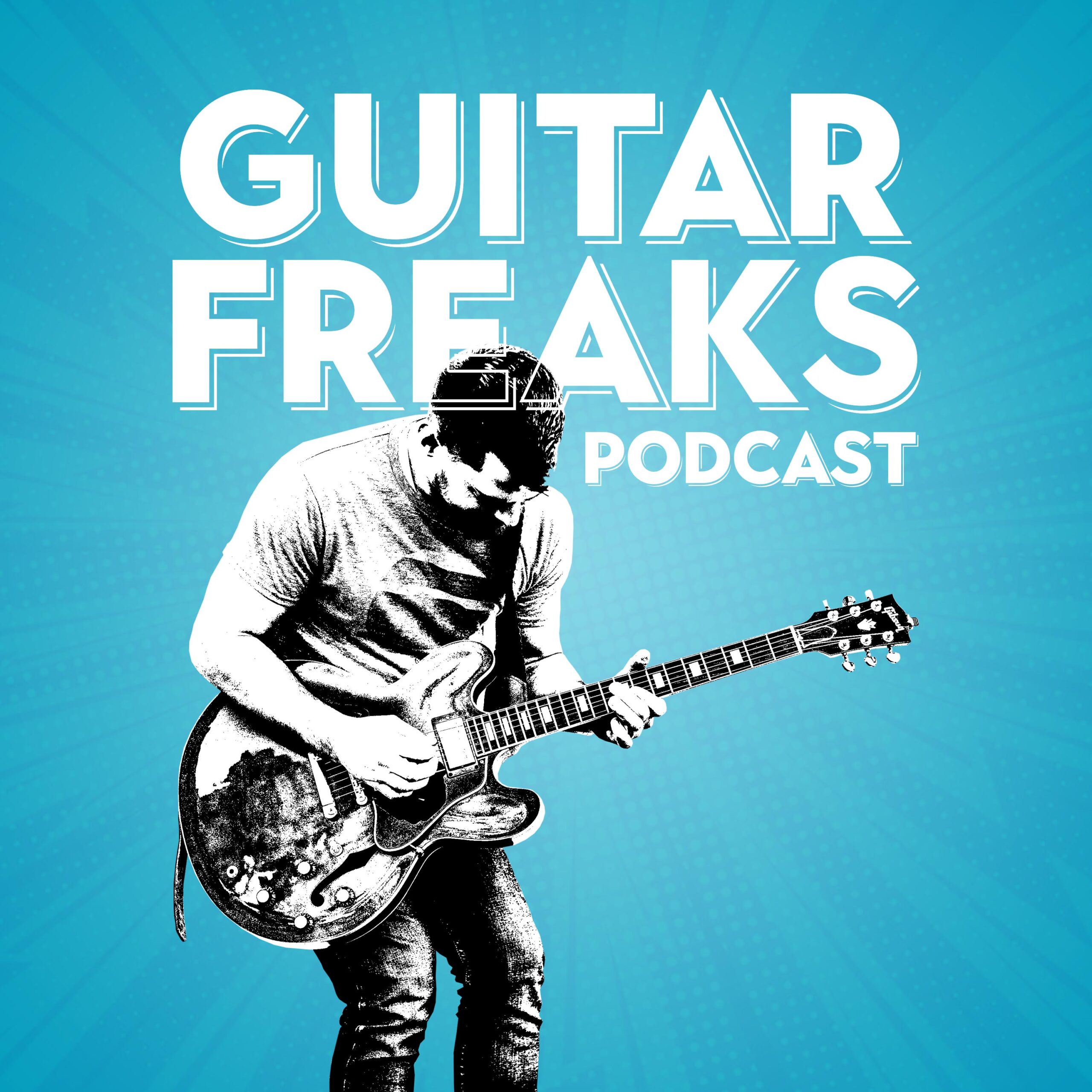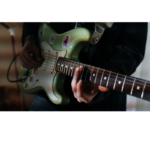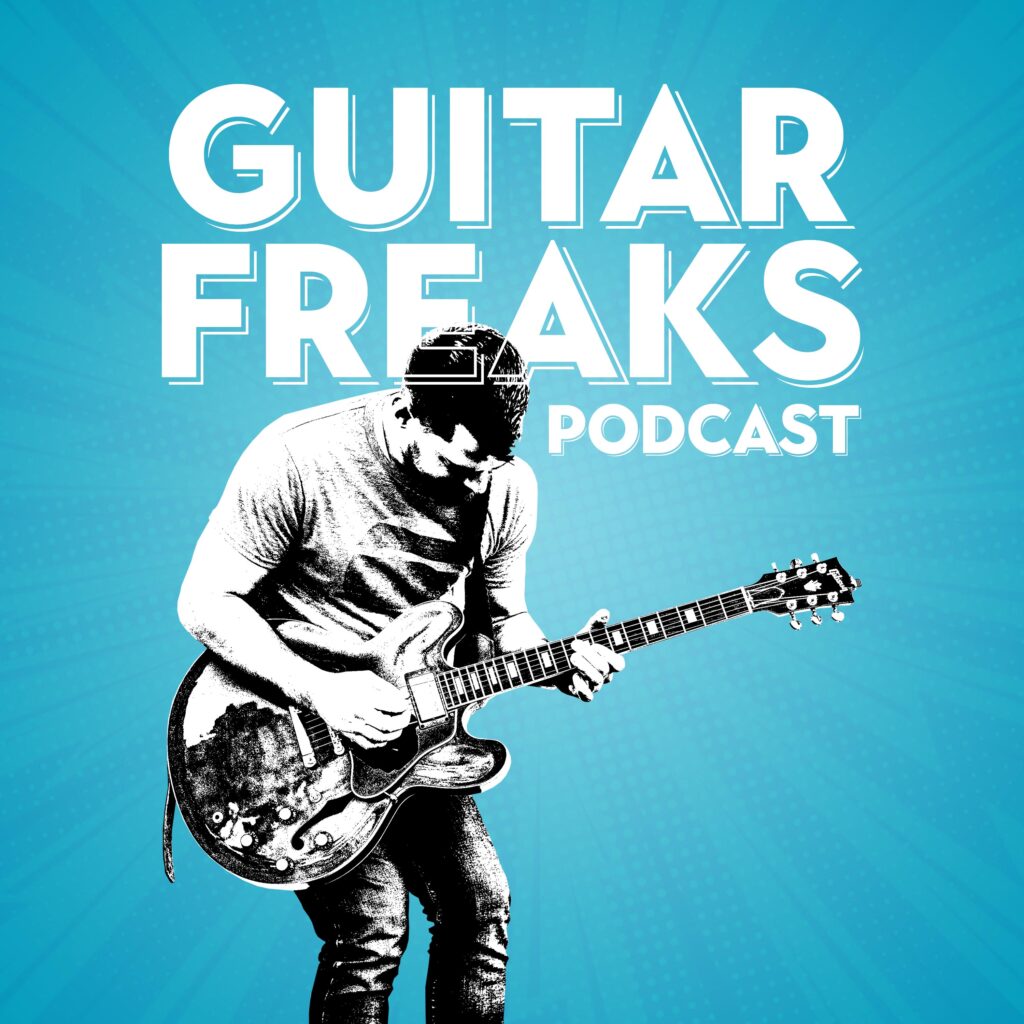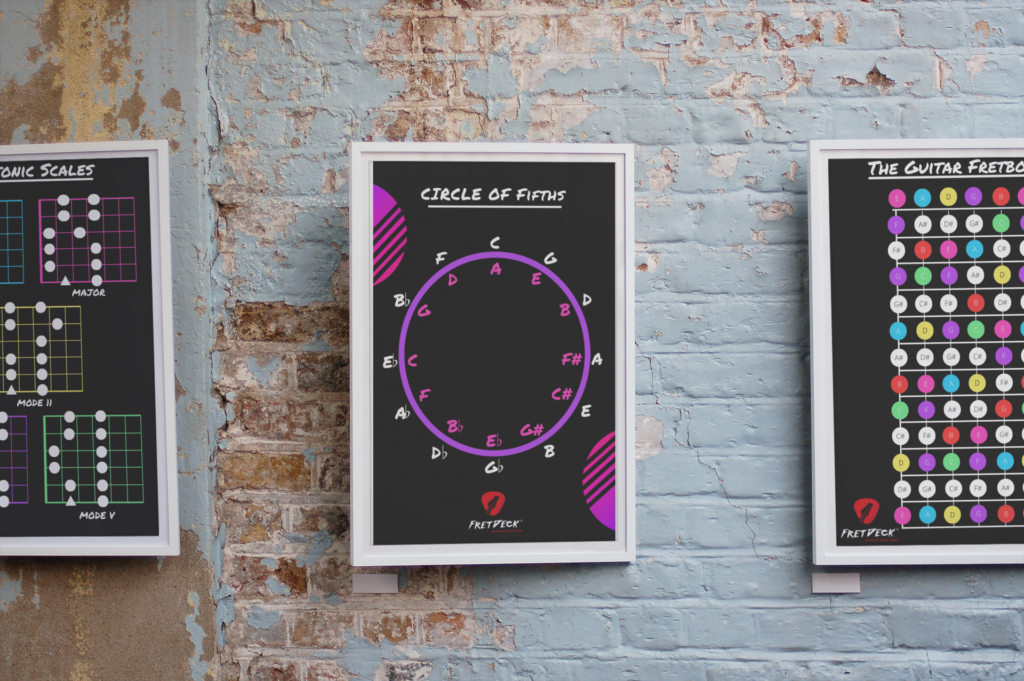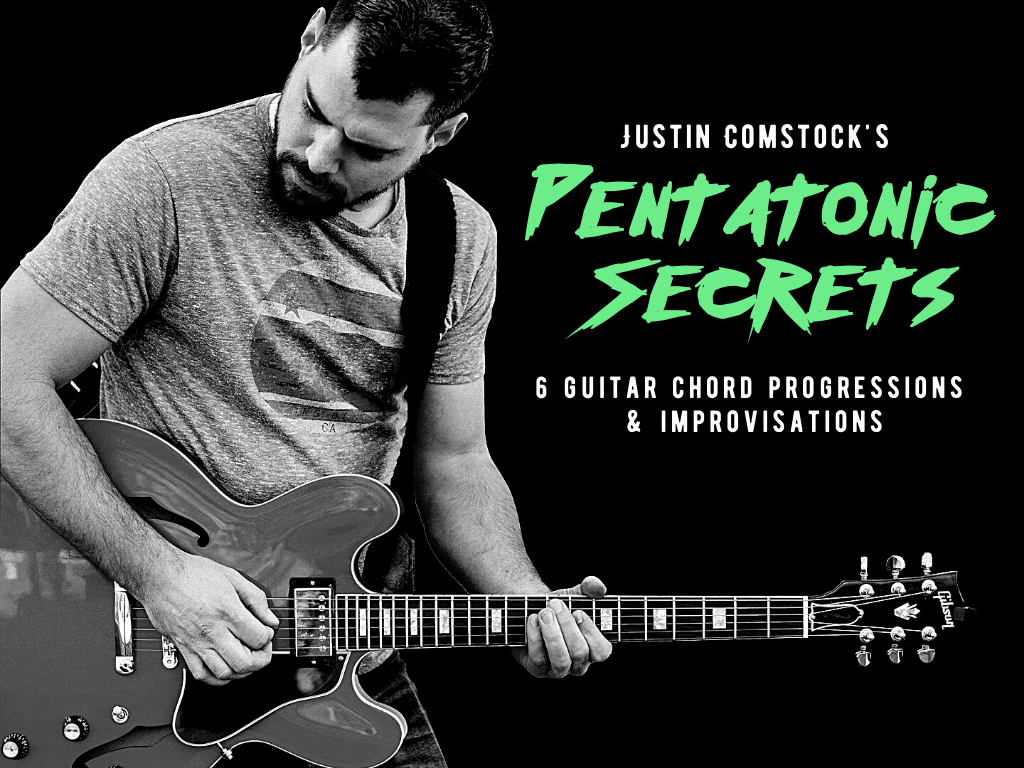If you’re aiming to become a standout lead guitarist, immersing yourself in iconic guitar solos to learn is a proven path to refining your phrasing, vibrato, and note selection. These solos aren’t merely about speed or technical prowess—they’re about conveying emotion, telling a story, and mastering timing.
Whether your passion lies in blues, rock, or classic solos, mastering these pieces will enhance your musicality and deepen your understanding of melody and rhythm. In this guide, we’ll explore 12 essential guitar solos that every guitarist should know, along with actionable tips to elevate your technique and expressiveness.
By the end, you’ll discover:
- Why these solos are pivotal for your growth
- The key phrasing techniques employed by legendary guitarists
- How to infuse your solos with greater expression and professionalism
- How tools like FretDeck can aid in mastering pentatonic scales for superior lead playing
Let’s delve into these transformative guitar solos and elevate your playing to new heights. 🎸🔥

❌ Stop Guessing. Start Shredding.
If you’re still fumbling through scale patterns and box shapes… it’s costing you progress.
FretDeck™ is the no-fluff system that shows you exactly how to master the fretboard—fast. Early access.
⚡️ This isn’t for dabblers. It’s for players who want results.
👉 Click here to join the pre-launch now
Early access. Limited rewards. Don’t wait.
1. “Comfortably Numb” – David Gilmour (Pink Floyd, 1979)
A masterclass in emotive playing, this solo emphasizes the power of phrasing and sustain.
Why It’s Essential:
- Expressive bends that evoke deep emotion
- Wide vibrato adding a vocal-like quality
- Strategic note placement for tension and release
Pro Tip: Focus on letting each note breathe; avoid rushing through the phrases.
2. “November Rain” – Slash (Guns N’ Roses, 1991)
An epic solo that showcases sustained bends and melodic phrasing.guitarfreaksblog.com
Why It’s a Must-Learn:
- Long, sustained notes teaching patience
- Emotional bends characteristic of Slash’s style
- Melodic lines that mimic vocal phrasing
Pro Tip: Practice the solo clean before adding distortion to focus on phrasing.
3. “Hotel California” – Don Felder & Joe Walsh (Eagles, 1976)
A quintessential twin-guitar solo featuring harmonized leads and bluesy phrasing.
Key Techniques:
- Call and response between guitars
- Blues-based phrasing using the B minor pentatonic scale
- Harmonic lead playing enhancing dual-guitar melodies
Pro Tip: Record one guitar part and improvise over it to develop your phrasing.
4. “The Thrill Is Gone” – B.B. King (1969)
A testament to the power of simplicity and emotional depth in blues solos.
Why It’s Essential:
- Minimalist approach with maximum emotional impact
- Sustained bends that convey deep feeling
- Signature vibrato that defines King’s style
Pro Tip: Play slowly and intentionally; focus on making each note resonate.
5. “Texas Flood” – Stevie Ray Vaughan (1983)
A fiery blues-rock solo that combines aggression with soulful expression.
Key Techniques:
- Dynamic bends with passionate intensity
- Fast, fluid blues runs enhancing articulation
- Rhythmic lead playing that grooves with the track
Pro Tip: Emphasize picking dynamics to capture SRV’s distinctive attack.guitarfreaksblog.com
6. “Since I’ve Been Loving You” – Jimmy Page (Led Zeppelin, 1970)
A blues-rock masterpiece that teaches phrasing, sustain, and timing.
Why It’s Essential:
- Dramatic bends creating tension
- Vocal-like phrasing interacting with the lyrics
- Smooth slides facilitating fluid transitions
Pro Tip: Experiment with fingerpicking certain notes to add dynamic variation.

❌ Stop Guessing. Start Shredding.
If you’re still fumbling through scale patterns and box shapes… it’s costing you progress.
FretDeck™ is the no-fluff system that shows you exactly how to master the fretboard—fast. Early access.
⚡️ This isn’t for dabblers. It’s for players who want results.
👉 Click here to join the pre-launch now
Early access. Limited rewards. Don’t wait.
7. “Sultans of Swing” – Mark Knopfler (Dire Straits, 1978)
A fingerpicking tour de force that enhances dynamics and articulation.
What You’ll Learn:
- Fingerpicking technique for a percussive attack
- Laid-back phrasing slightly behind the beat
- Melodic variation with no repeated phraseslmtmusicacademy.co.uk
Pro Tip: Set aside the pick and use your fingers to emulate Knopfler’s tone.
8. “Cause We’ve Ended As Lovers” – Jeff Beck (1975)
A beautifully phrased solo that tells a story through melody.
Why It’s Important:
- Expressive vibrato with smooth control
- Melodic storytelling akin to a vocal line
- Subtle dynamics ranging from whispers to screams
Pro Tip: Utilize fingerstyle playing for enhanced tone control and articulation.
9. “Eruption” – Eddie Van Halen (Van Halen, 1978)
A groundbreaking solo that introduced two-handed tapping to the mainstream.
Why It’s Iconic:
- Revolutionary tapping techniques
- Rapid-fire arpeggios and legato runs
- Showcases technical prowess and innovation
Pro Tip: Start slow to master the tapping sequences before increasing speed.
10. “Little Wing” – Jimi Hendrix (1967)
A soulful blend of rhythm and lead playing that exemplifies Hendrix’s genius.
Key Takeaways:
- Chordal embellishments intertwined with lead lines
- Expressive bends and slides
- Use of double-stops and hammer-ons/pull-offs
Pro Tip: Focus on the seamless integration of rhythm and lead elements.
11. “Europa” – Carlos Santana (1976)
A melodic instrumental that emphasizes sustain and expressive phrasing.
Why It’s Essential:
- Long, singing notes with controlled vibrato
- Melodic development over a Latin-infused progression
- Emphasis on tone and sustain
Pro Tip: Use a warm tone with moderate gain to capture Santana’s sound.
12. “Time” – David Gilmour (Pink Floyd, 1973)
Another Gilmour classic that teaches the importance of space and note choice.
Key Techniques:
- Phrasing that complements the song’s mood
- Use of delay to enhance spatial effects
- Emotive bends and note selection
Pro Tip: Experiment with delay settings to replicate the solo’s ambiance.
Enhance Your Soloing with FretDeck
To truly master these solos and develop your own voice, understanding the fretboard is crucial. FretDeck offers an interactive system to help you:
- Learn pentatonic scales in every key
- Identify target notes for expressive phrasing
- Connect scale positions across the fretboard
By integrating FretDeck into your practice routine, you’ll gain the tools to craft solos that are both technically proficient and emotionally resonant.
Join the Guitar Freaks Community
Accelerate your growth by connecting with fellow guitar enthusiasts in our Guitar Freaks Discord community. Here, you can:
- Receive feedback on your playing and guitar solos to learn
- Participate in live jam sessions
- Access exclusive resources and discussions
Join us and take advantage of shared knowledge and support to further your guitar journey.
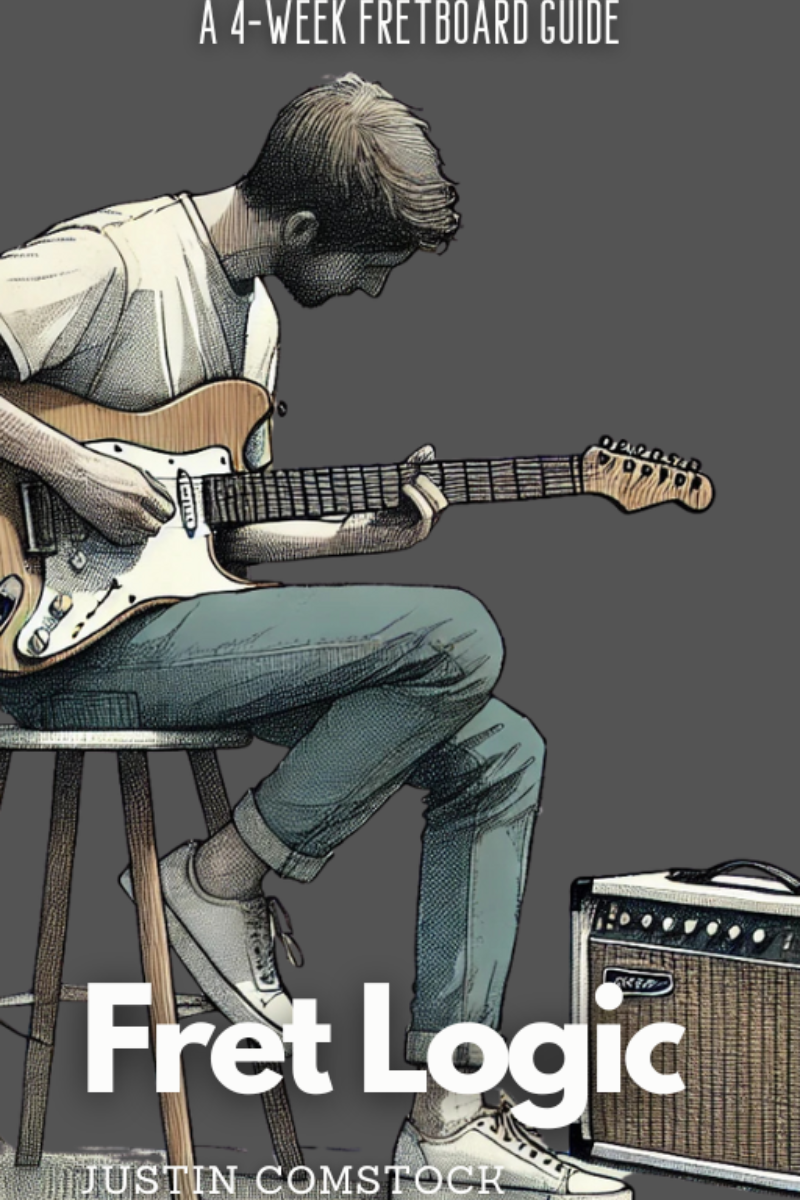
Join Guitar Freaks Hangout on Discord! 🎸
Get Fret Logic FREE!
Join the Guitar Freaks Hangout Discord and get exclusive access to my entire e-book, Fret Logic! Master the fretboard and elevate your solos with this comprehensive guide.
👉 Don’t miss out—join now and download your free copy!
Final Thoughts on Guitar Solos To Learn
Mastering these 12 guitar solos to learn will not only enhance your technical skills but also deepen your musical expression. By focusing on phrasing, vibrato, and note choice, you’ll develop a more emotive and professional sound. Remember, tools like FretDeck can aid in unlocking the fretboard, and engaging with a community can provide invaluable support.
Now, pick up your guitar and let these solos inspire your next musical breakthrough. 🎸🔥
